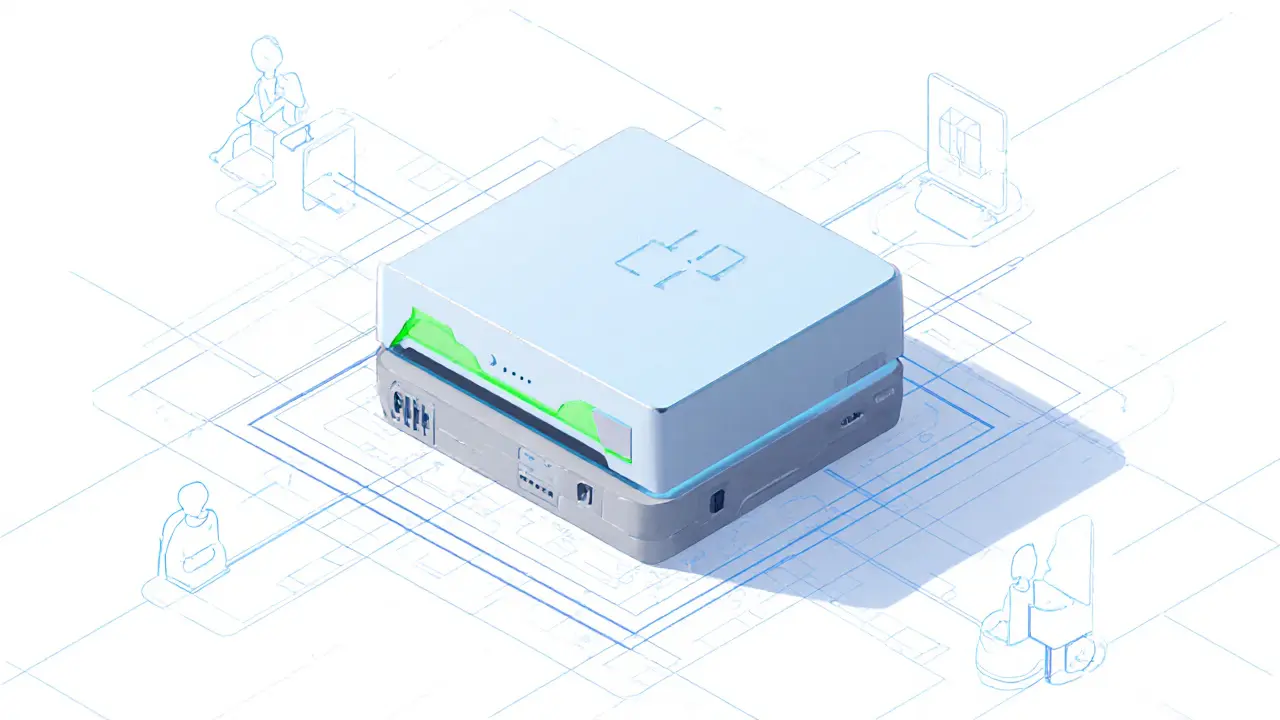Network Effect in Crypto and Finance
When working with network effect, the phenomenon where a product or service becomes more valuable as more people use it. Also known as user‑base amplification, it plays a pivotal role in the growth of blockchain, a decentralized ledger that records transactions across many computers, the rise of DeFi platforms, financial services that run on smart contracts without intermediaries, and the popularity of crypto exchanges, online venues where users trade digital assets. The more participants join, the richer the data, liquidity, and utility become, creating a self‑reinforcing cycle.
One of the core attributes of the network effect is critical mass. In the blockchain world, early adopters provide the initial security layer, while later users bring transaction volume and diverse use‑cases. For example, when a new sidechain launches, its value hinges on how many projects connect to it and how many users move assets across the bridge. This two‑way peg creates a feedback loop: more bridges attract more tokens, and more tokens attract more bridges.
Crypto exchanges illustrate the effect vividly. An exchange with a deep order book and low fees draws traders looking for efficient execution. Those traders generate volume, which in turn lowers spreads and improves price discovery, enticing even more participants. The result is a virtuous circle where liquidity begets liquidity. This dynamic also explains why regulatory clarity, like Thailand's SEC rules, can spark rapid user inflow—once confidence rises, so does the exchange’s network value.
DeFi platforms depend on the same principle but add a twist: composability. When one protocol offers lending, another can layer yield farming on top, and a third can provide insurance. Each new user adds capital, which expands the pool of opportunities for others. The network effect here not only boosts total value locked but also fuels innovation, leading to products like flash loans that would be impossible in isolation.
Sidechains and modular blockchains further amplify the network effect by splitting functions like execution, settlement, and data availability. By offloading heavy processing to specialized layers, they attract developers who need high throughput without sacrificing security. As more projects adopt a modular design, the ecosystem gains standards, tooling, and shared security audits, making it easier for newcomers to join—and the cycle repeats.
Below you’ll find a curated collection of articles that dive deeper into each of these angles. From step‑by‑step guides on buying crypto in China to reviews of Binance Smart Chain DEXes, from analyses of underground crypto premiums to explanations of modular blockchains, the posts cover practical tips, regulatory insights, and technical breakdowns. Use them to see how the network effect shapes real‑world decisions and to pick up actionable strategies for your own trading or development journey.
Key Challenges Facing DePIN Networks and How to Overcome Them
Explore the biggest hurdles DePIN networks face-from bootstrapping and token volatility to regulatory gray zones-and learn practical strategies to overcome each challenge.
VIEW MORE
